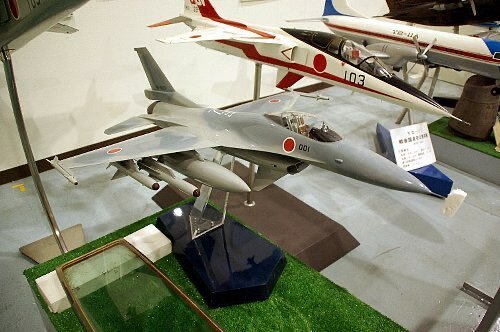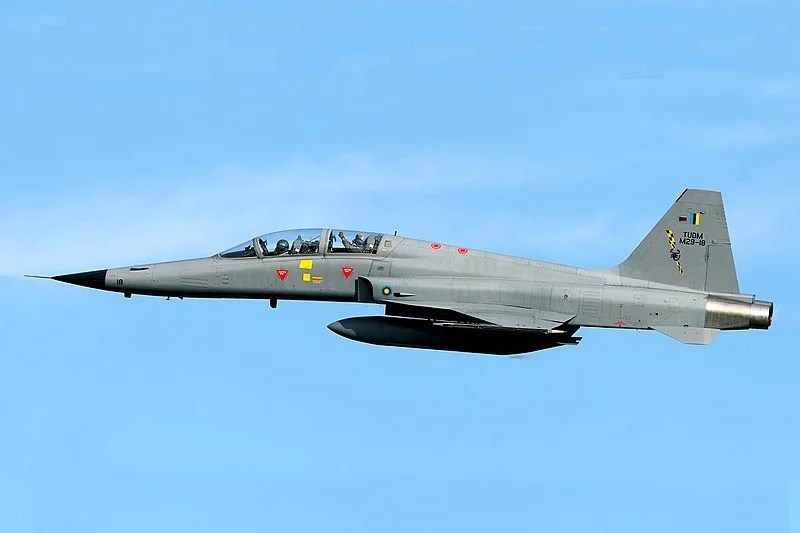- Joined
- 29 November 2010
- Messages
- 1,776
- Reaction score
- 3,479
in hindsight, what acquisitions were mistakes and what should have been acquired instead? (with a focus on actual built alternatives, although not limited to)
This was inspired by some of Australia's and Canada's acquisition issues
This differs from the thread below, which more specifically focuses on what should have been built (a focus on unbuilt projects)
Some examples:
Australia:
Instead of the NH-90 series, they should have bought the Blackhawk/Seahawk series. Cheaper with less issues
Instead of the Tiger, they should have bought Apaches or Super Cobras as above
Canada:
Instead of the Cyclones, they should have bought more Merlins as they already operated it with another service and has a wider user base.
Soviet Union:
Rather than the Su-33s, they should have went with the MiG-29K from the beginning due to the size of the Kuznetsov.
India:
Should have bought the Mirage 2000 line rather than endure with upgrades to 3rd gen aircraft
Perhaps buy the Gorshkov, but as a stop gap w/o conversion and continue to use the Sea Harriers until a real carrier was built
INS Vikrant should have been built with larger elevators
Japan:
Should have just bought more F-15s instead of the F-2s, or make the F-2 based on either the F-15 or F-18
what are yours?
This was inspired by some of Australia's and Canada's acquisition issues
This differs from the thread below, which more specifically focuses on what should have been built (a focus on unbuilt projects)
Some examples:
Australia:
Instead of the NH-90 series, they should have bought the Blackhawk/Seahawk series. Cheaper with less issues
Instead of the Tiger, they should have bought Apaches or Super Cobras as above
Canada:
Instead of the Cyclones, they should have bought more Merlins as they already operated it with another service and has a wider user base.
Soviet Union:
Rather than the Su-33s, they should have went with the MiG-29K from the beginning due to the size of the Kuznetsov.
India:
Should have bought the Mirage 2000 line rather than endure with upgrades to 3rd gen aircraft
Perhaps buy the Gorshkov, but as a stop gap w/o conversion and continue to use the Sea Harriers until a real carrier was built
INS Vikrant should have been built with larger elevators
Japan:
Should have just bought more F-15s instead of the F-2s, or make the F-2 based on either the F-15 or F-18
what are yours?




